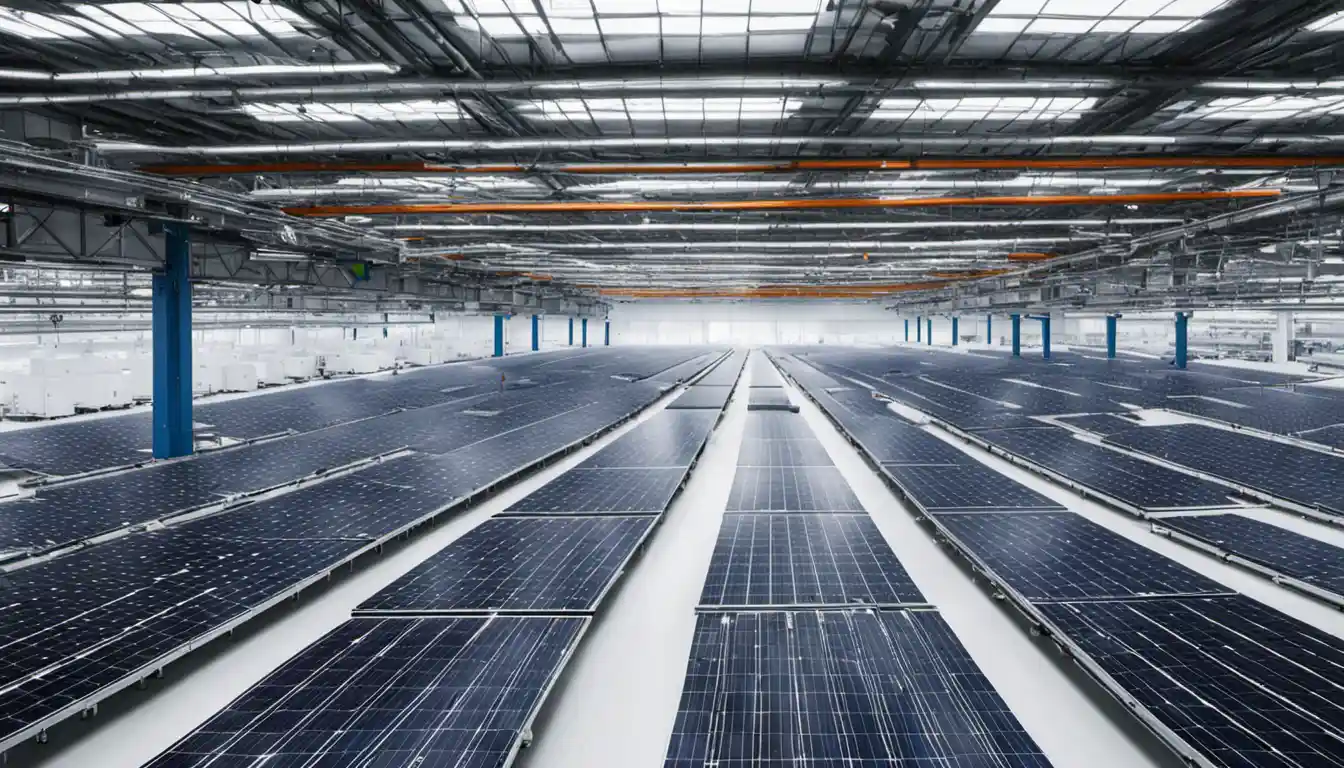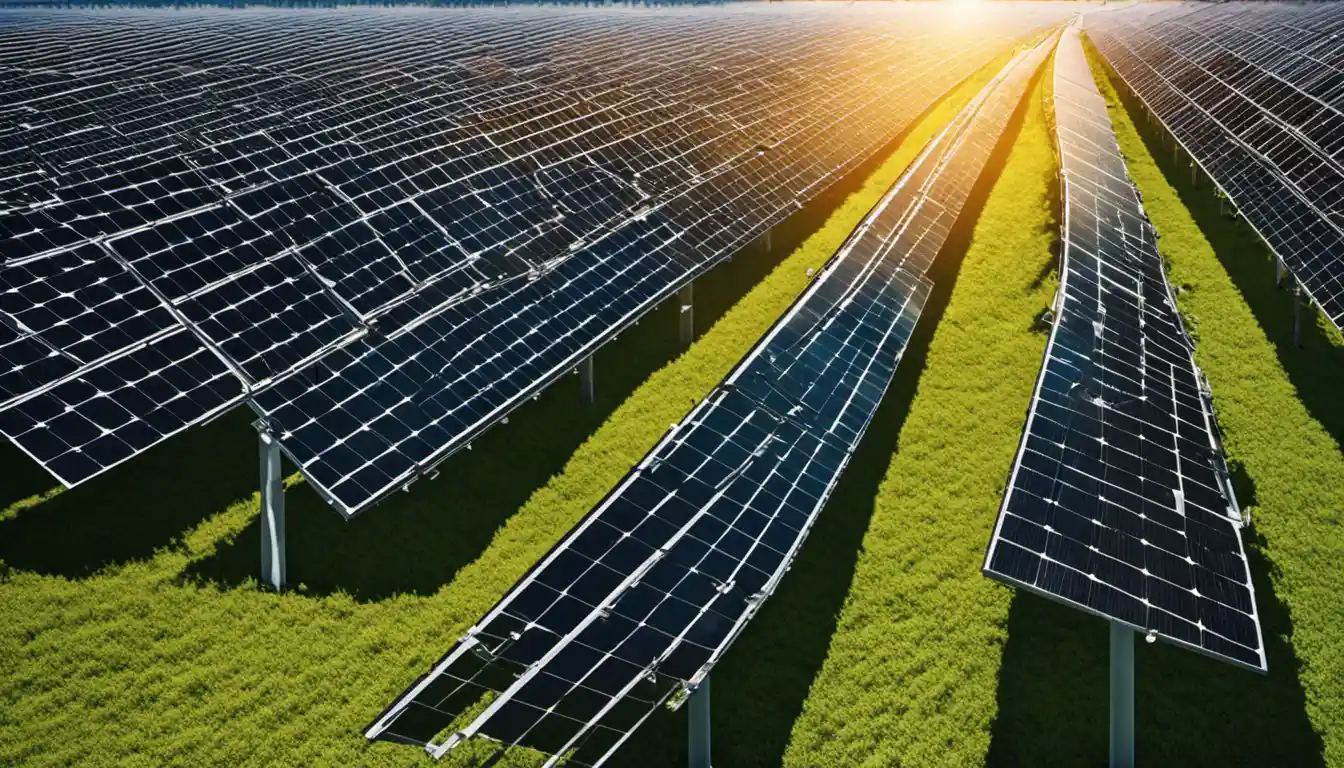Understanding the Carbon Footprint Concept
The manufacturing of solar panels does generate a carbon footprint, primarily during the extraction and refining processes of the raw materials and the production of the panels themselves. However, once in operation, solar panels generate clean, renewable energy, offsetting the initial emissions over their lifespan. Studies suggest that solar panels pay off their carbon debt within 2-3 years of operation.
Sure, I’m happy to continue.
Defining Carbon Footprint
As we climb down into the nuts and bolts of this solar puzzle, it’s essential to understand what a carbon footprint is. A carbon footprint, in simple terms, is the total amount of greenhouse gas (GHG) emissions caused directly or indirectly by an individual, event, organization, service or product. These gases include but are not limited to carbon dioxide (CO2), arguably the most potent and plentiful gas contributing to global warming.
Importance of Carbon Footprint Measurement
Assessing carbon footprints gives a clear indication of our impact on the environment. It reveals which areas of our society are the most energy-intensive, enabling us to develop strategies to cut back on that energy use, subsequently shrinking our carbon footprint.
Carbon Footprint in Solar Panel Manufacturing
The Production Process
Delving deeper into the realms of solar energy, let’s focus on solar panel production. You may wonder, “What is the carbon footprint of solar panels?“
Fundamentally, the manufacturing process involves extracting raw materials, processing these materials into purer forms, assembling the solar cells, and finally creating the solar module. Each step consumes energy, and considering the significant use of fossil fuels worldwide, naturally, CO2 is emitted.
CO2 Emissions in Solar Panel Manufacturing

As an industry insider with 20 years of experience under my belt, I can confirm that the CO2 emissions from manufacturing a solar panel are far less than those spread by fossil fuel-powered energy systems over a similar period.
Comparing CO2 Emissions per kWh in Solar Panels, Natural Gas, Oil, and Coal
To illustrate, producing a kWh of solar power disperses approximately 40 grams of CO2 into the atmosphere. Conversely, a kWh of electricity generated from coal, oil, or gas releases around 500-1000 grams of CO2, clearly showing that solar panels have a substantially smaller carbon footprint.
Life Cycle Greenhouse Gas Emissions of Solar Panels
When analyzing the life cycle greenhouse gas emissions, the story is the same. From initial production to recycling, solar panels’ carbon footprint is dwarfed by that of fossil fuels.
Is Solar Panel Manufacturing Bad for the Environment?
Assessing the Environmental Impact
Given my extensive experience in the field, I am often asked, “Is making solar panels bad for the environment?” The short answer is – it’s complicated.
Unraveling the Concept of ‘Carbon Debt’
Solar panel manufacturing does create a ‘carbon debt’ because of the energy-intensive production processes. But crucially, solar panels produce clean, renewable energy for 25-30 years, or longer, after they’re installed, gradually repaying this carbon debt.
Weighing the Balance: Energy Produced Vs. Carbon Footprint

When we weigh the balance between the carbon footprint of solar panels and the clean energy they produce, solar energy is a clear winner. The key lies in maximizing their operational efficiency and lifespan, thus reducing the relative CO2 emissions per kWh of energy generated.
How to Reduce the Carbon Footprint of Solar Panels
The industry can undoubtedly do more to make solar panels “greener”. Here’s how we can further reduce the carbon footprint of solar panels:
Making Changes in Upstream Processes
Companies can further reduce emissions by making changes in upstream processes, like sourcing raw materials and manufacturing components. This might include using recycled or more sustainable materials.
Optimizing Operational Processes
Modern production facilities are also becoming more energy-efficient, reducing their reliance on fossil fuels and switching to renewable sources.
Enhancing Downstream Processes
Downstream initiatives can involve recycling and refurbishing old or damaged panels rather than disposal, maximizing the lifecycle of each panel.
The Bigger Picture: Does Going Solar Reduce Your Carbon Footprint?
Let’s look at the broader perspective now.
Evaluating Overall Carbon Savings from Solar Energy

While solar panel manufacturing does result in CO2 emissions, the aggregate carbon savings from using solar power are substantial. In fact, over their entire lifecycle, solar panels can reduce your CO2 emissions by three to ten times compared to conventional energy sources.
Understanding the Role of Renewable Energy in Carbon Reduction
Renewable energy is on the frontline of the battle against climate change. Solar power, along with wind and other renewables, plays a crucial role in reducing global CO2 emissions.
The Pros and Cons of Solar Energy for Reducing Carbon Footprint
Like any other product or solution, solar energy has its pros and cons. However, the advantages typically outweigh the cons, especially considering the considerable reductions in carbon footprints made possible by this technology.
Conclusion
Weighing the Environmental Impact Vs. Benefits
While the production of solar panels does have an environmental impact, it’s essential to keep in mind the bigger picture. Once installed, a solar panel contributes to substantially reduced CO2 emissions over its operational lifetime.
The Imperative Shift to Renewable Energy
If we’re to halt the march of global warming, a shift to renewable energy sources such as solar is not just beneficial – it’s a necessity. I ardently believe that, with continued innovation and commitment, solar energy can increasingly contribute to a more sustainable, low-carbon future.



